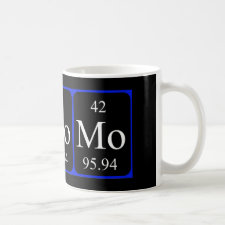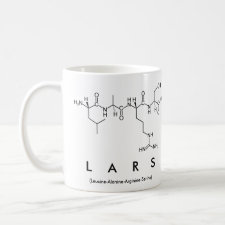
Authors: Schweitz L, Andersson LI, Nilsson S
Article Title: Capillary electrochromatography with molecular imprint-based selectivity for enantiomer separation of local anaesthetics.
Publication date: 1997
Journal: Journal of Chromatography A
Volume: 792
Issue: (1-2)
Page numbers: 401-409.
DOI: 10.1016/S0021-9673(97)00895-9
Abstract: Preparation of stationary phases of predetermined selectivity for use in capillary electrochromatography by molecular imprinting was studied. Molecular imprinting of the local anaesthetic (S)- ropivacaine in methacrylate-type polymers was done using an in situ photo-initiated polymerisation process. Such stationary phases could separate the enantiomers of ropivacaine and the enantiomers of the structural analogues mepivacaine and bupivacaine. The influence of several parameters on the ability of the resultant imprinted capillary column to resolve mc-ropivacaine was investigated. These parameters included the type and amount of functional and cross- linking monomers, the molar ratio of the imprint molecule to the monomers and the type of the porogen. The polymer-based, monolithic capillary columns could be rendered super-porous by the use of 1-25% isooctane as a porogenic agent. The best resolution was obtained for polymers made using trimethylolpropane trimethacrylate as the cross- linking monomer. The enantiomer separation increased with increasing molar ratio of the functional monomer methacrylic acid to (S)- ropivacaine, however, at the expense of peak broadening. Initial studies on the optimisation of the electrolyte composition showed that the separation increased for electrolytes as the volume ratio of acetonitrile to buffer increased, the temperature raised and the pH became higher. (C) 1997 Elsevier Science B.V



Join the Society for Molecular Imprinting

New items RSS feed
Sign-up for e-mail updates:
Choose between receiving an occasional newsletter or more frequent e-mail alerts.
Click here to go to the sign-up page.
Is your name elemental or peptidic? Enter your name and find out by clicking either of the buttons below!
Other products you may like:
 MIPdatabase
MIPdatabase









